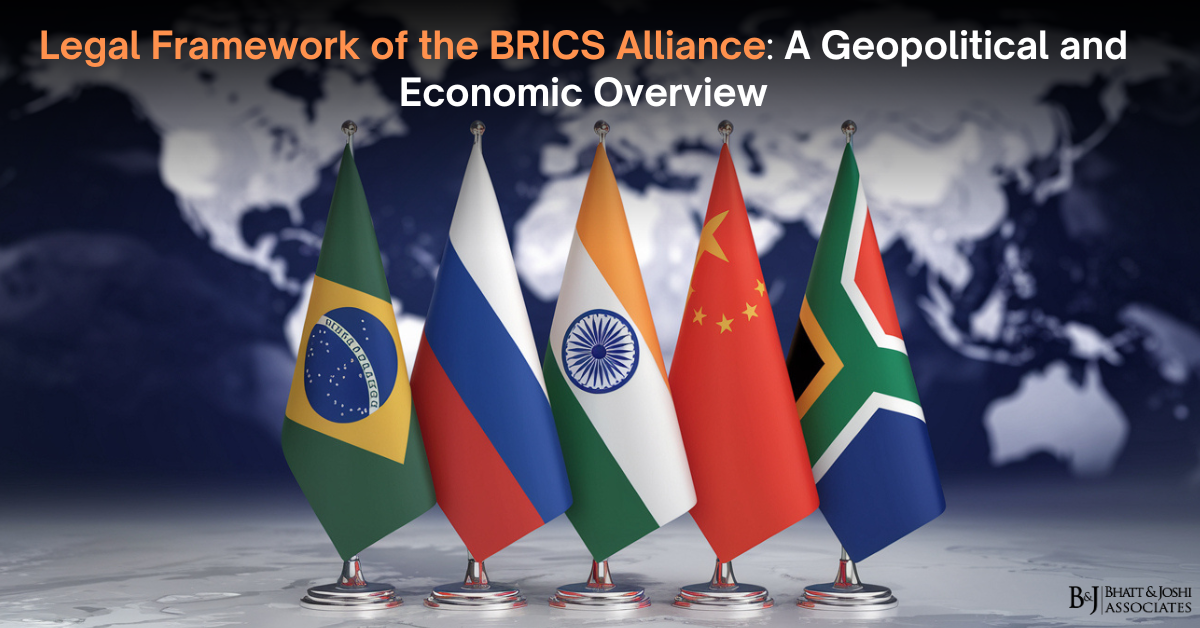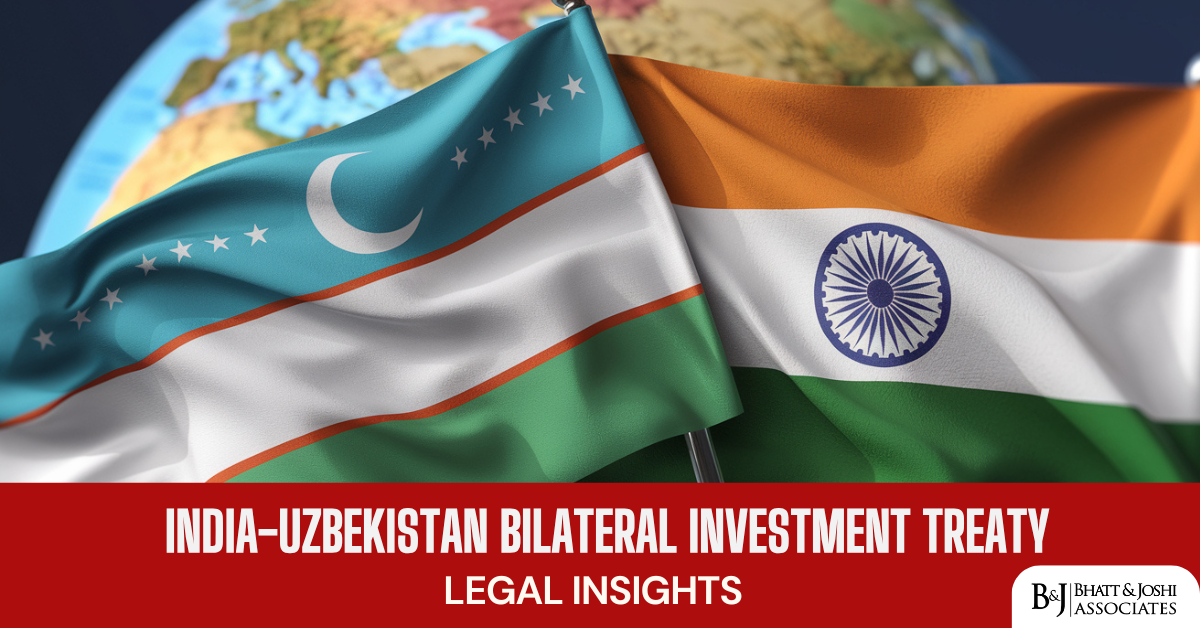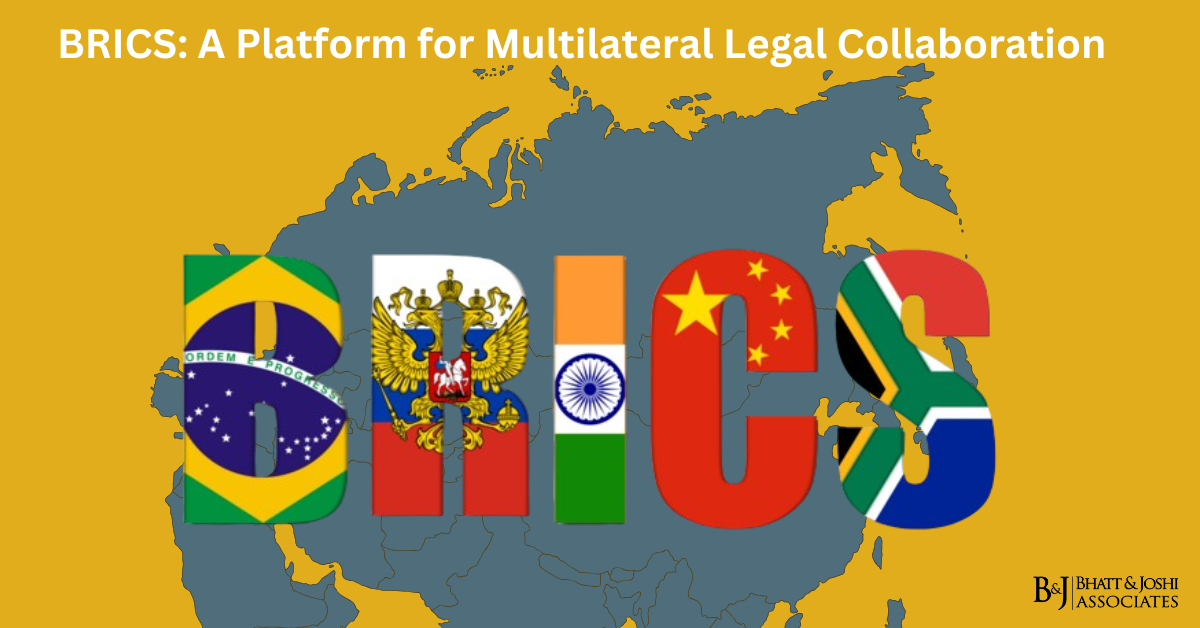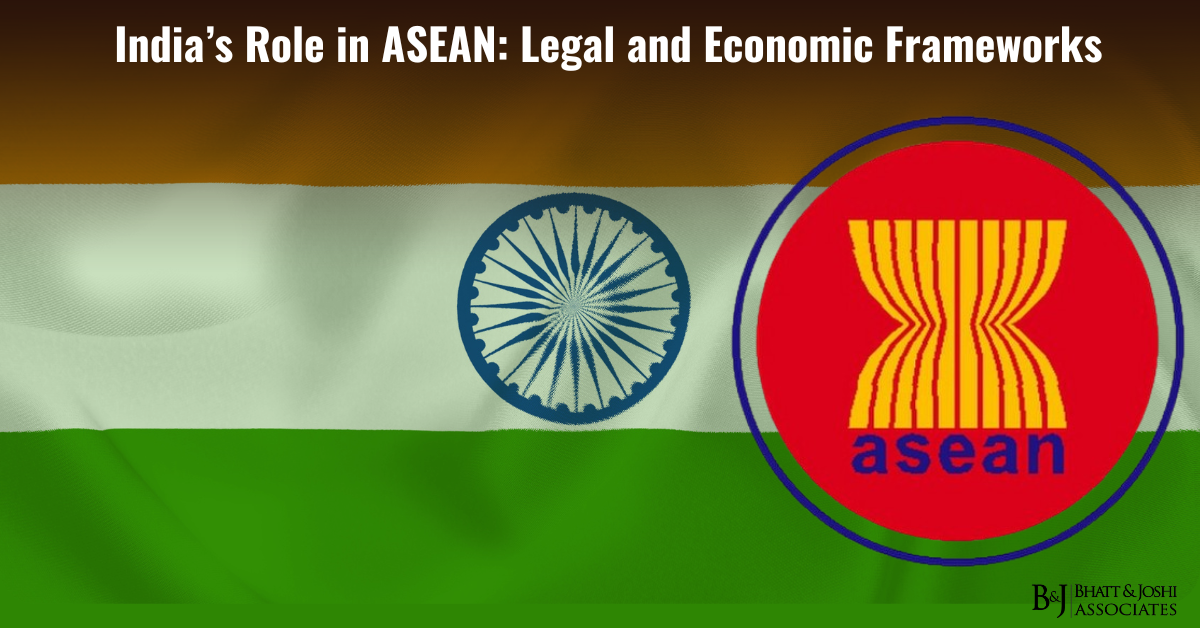Introduction
The BRICS alliance, consisting of Brazil, Russia, India, China, and South Africa, represents a powerful geopolitical bloc that has grown in both influence and scope since its foundation. At its core is a robust legal framework that governs the BRICS alliance, grounded in various treaties, multilateral agreements, and institutional mechanisms designed to support cooperation across economic, political, and security dimensions. This article delves into the core legal structures and principles that facilitate BRICS cooperation, providing a comprehensive understanding of its operational foundation.
Foundational Treaties and Agreements of BRICS Alliance
The BRICS legal framework is built on foundational agreements that set the terms for financial cooperation, infrastructure development, and mutual support among the member states.
- Treaty for the Establishment of a BRICS Contingent Reserve Arrangement (CRA)
The CRA, signed in Fortaleza, Brazil, in July 2014, is a cornerstone of the BRICS financial architecture. It provides a mutual safety net for member countries facing short-term balance-of-payment pressures, offering a mechanism for financial stability that complements international structures like the International Monetary Fund (IMF). This self-managed reserve arrangement includes liquidity and precautionary instruments, with funds available based on each country’s commitment level, thereby enhancing financial security among BRICS members.
- The New Development Bank (NDB)
Also established in 2014, the NDB aims to fund infrastructure and sustainable development projects within BRICS and other emerging economies. With a strong legal basis, the NDB’s multilateral framework enables collaborative funding to meet member states’ development needs, advancing economic growth across diverse sectors. The NDB’s funding approach underscores BRICS’ emphasis on independent financial structures, reducing reliance on traditional financial institutions like the World Bank.
Key Principles of Cooperation in BRICS
BRICS’ operations are governed by fundamental principles that maintain harmony and inclusiveness among its diverse member states. These principles emphasize equality, respect for sovereignty, and mutual benefit, forming the legal backbone of BRICS’ collaborative model.
- Sovereign Equality: Each BRICS nation is granted equal status in decision-making processes, preventing any single country from exerting dominance and ensuring fair representation.
- Non-Interference: BRICS upholds a non-interference policy, prioritizing respect for each member’s sovereignty and domestic policies. This approach aligns with the bloc’s diverse political systems.
- Mutual Benefit: Economic partnerships within BRICS are guided by mutual benefit, fostering trade and investment opportunities that support each member state’s economic growth.
These principles foster a cooperative environment within BRICS, helping bridge cultural and political differences through shared values and reciprocal interests.
Institutional Mechanisms Supporting BRICS Cooperation
BRICS has established several institutional bodies that facilitate regular interaction and policy alignment among members, promoting economic, political, and social collaboration.
- BRICS Summits
Annual summits are a hallmark of the BRICS alliance, providing a high-level platform for discussing strategic priorities, policy coordination, and shared challenges. Initiated in 2009, these summits bring leaders together to address a wide range of issues, including economic cooperation, trade, security, and climate change.
- BRICS Business Council
Created during the fifth summit in 2013, the BRICS Business Council aims to foster business relationships and trade opportunities among member nations. It serves as a vital link between government initiatives and private sector needs, supporting trade, investment, and technological exchange.
- Working Groups and Specialized Initiatives
BRICS members collaborate through working groups that focus on areas such as counter-terrorism, e-commerce, and agriculture. These groups establish action plans aligned with BRICS’ broader objectives, creating pathways for specialized cooperation that addresses shared priorities within and beyond BRICS borders.
Expansion of BRICS and Recent Developments
In 2024, BRICS expanded to include Egypt, Iran, Ethiopia, and the United Arab Emirates, marking a significant shift towards South-South cooperation and strengthening its global influence. This expansion necessitates adaptations to the existing legal and operational framework, as new members bring unique economic and political dynamics into the alliance. Integrating these countries requires adjustments in BRICS’ legal architecture to maintain harmony and ensure that new members’ interests align with BRICS’ core objectives.
The addition of these new members highlights the importance of BRICS as a platform for emerging economies to collaborate and address shared challenges, from financial instability to trade barriers.
Challenges Facing the BRICS Legal Framework
Despite its robust legal foundation, BRICS faces several challenges that could impact its future. These include:
- Divergent Political Ideologies: BRICS comprises countries with distinct political ideologies, and this diversity occasionally results in conflicting interests, especially in security and foreign policy.
- External Pressures: BRICS operates in a global environment where Western-led institutions like the IMF and World Bank wield significant influence. The bloc must navigate these pressures while striving to establish independent frameworks that align with its members’ interests.
- Need for Stronger Legal Instruments: As BRICS expands, it requires more comprehensive legal instruments to manage diverse interests and promote deeper economic integration, especially in trade, infrastructure, and technology.
These challenges underscore the need for BRICS to strengthen its legal framework, enhancing cohesion and resilience against external influences.
Future Prospects of the BRICS Alliance Legal Framework
Looking ahead, BRICS’ evolving legal structure will be instrumental in shaping the alliance’s role within global governance. The alliance’s commitment to creating autonomous financial institutions, advancing multilateral diplomacy, and addressing global issues like climate change and security positions BRICS as a rising force in the international order. Strengthening its legal framework to support expanding membership and diverse interests will be essential for BRICS to sustain its influence and effectively address emerging challenges.
Conclusion: The Evolving Legal Framework of the BRICS Alliance
The legal framework of the BRICS alliance reflects a well-structured approach to fostering collaboration among emerging economies across multiple domains. Through foundational treaties like the CRA and NDB and its adherence to principles of equality, non-interference, and mutual benefit, BRICS has established a stable foundation for cooperation. While challenges remain, particularly with the bloc’s recent expansion, BRICS’ legal framework continues to adapt, underscoring the alliance’s potential to reshape global governance in the years to come.














